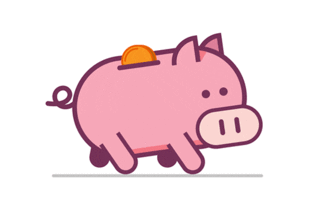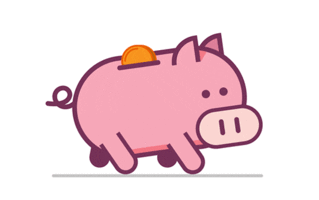Фрагмент для ознакомления
2
Development of 2-3 year old children
As children grow, they experience new periods of physical, emotional and cognitive development. By knowing the peculiarities of a certain age parents can better understand the needs of their child, help him gain the required skills and provide the necessary support.
In this article we will discuss the changes that are typical for 2-3 year old children, commonly referred to as toddlers. We will also explore how parents can foster their development at this age and when a consultation with experts may be advisable.
Physical development
Two-year olds begin to improve motor coordination. They are able to run and tend to fall less often. They learn to go up and down stairs on their own, in the beginning using banisters and later without using them. They are getting better at throwing objects, kicking and catching a ball, and are even able to keep balance on one foot for a few seconds.
Other motor skills acquired at this age include jumping and riding a tricycle. All these new skills seem to be an amazing progress compared to child’s skills just a few months before.
If parents are ready to help and support, while their children are exploring things around, children feel confident and safe. This encourages them to try new things and discover new opportunities for development.
Emotional development
The toddler period is a time of dramatic changes in various areas and emotional development is one of the most essential ones. A child begins to discover new emotions and learn about feelings of other people. These experiences are not always pleasant.
Many people are familiar with a term “nightmarish toddlers” or “3-year crisis”. These terms refer to impulsive and capricious behaviour of most children of this age. At this time a child begins to realize that the world does not revolve around him alone. The relationship between him and parents becomes unstable.
The crisis of three years is a necessary transition from one stage in children’s development to another. It manifests itself in negativism, stubbornness, obstinacy, and self-will. A child experiences changes in the mood, loses control of his emotions and often throws tantrums. Such behavior is normal as children learn how to cope with strong emotions such as disappointment, anger, guilt, or shame.
Children begin to realize how their behaviour affects parents and, vice versa, how parents’ actions affect them. At this age children tend to demonstrate less separation anxiety and suffer less when mother is away.
Cognitive development
Cognitive skills develop as children learn and explore the environment they live in. Therefore, the more diverse experiences correlate to better cognitive development.
Children acquire notions such as time or opposites (for example, big and small, day and night). They begin to point to parts of the body depending on their functions, learn to sort objects and find similar objects by shape and colour. They learn to remember what objects look like (e.g. apples are red and round). They solve problems by a trial and error method.
At this age children become extremely curious and tend to ask a lot of questions. For this reason they are often referred to as “whyers”. Asking questions becomes an easy way of learning and exploration. This signifies a qualitative leap in intellectual development in children. The more precise and deep answers parents provide, the more thoughtful and intelligent a child can grow.
Speech development
By the age of two children begin to make up sentences of two or three words using pronouns “I”, “you” and “my”. Every month they learn and use more words. Speech is getting more understandable.
By the age of three verbal abilities become more extensive: children begin to build up sentences of three to five or even more
Показать больше















